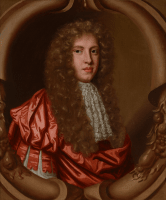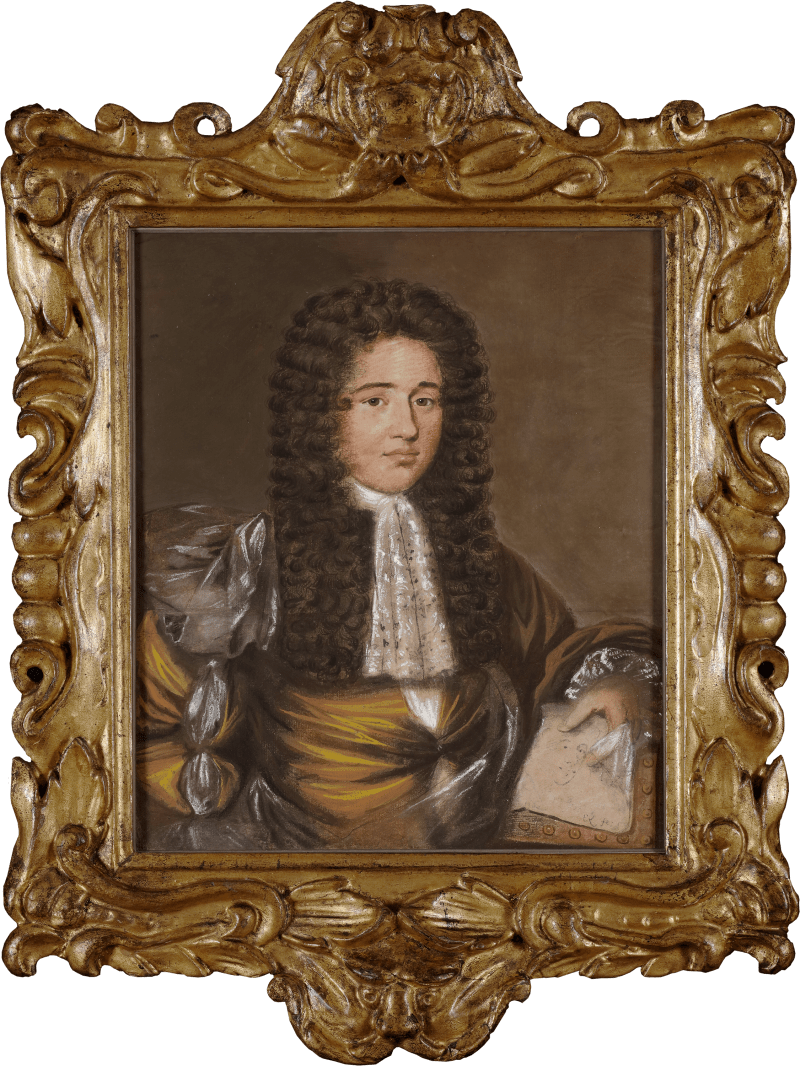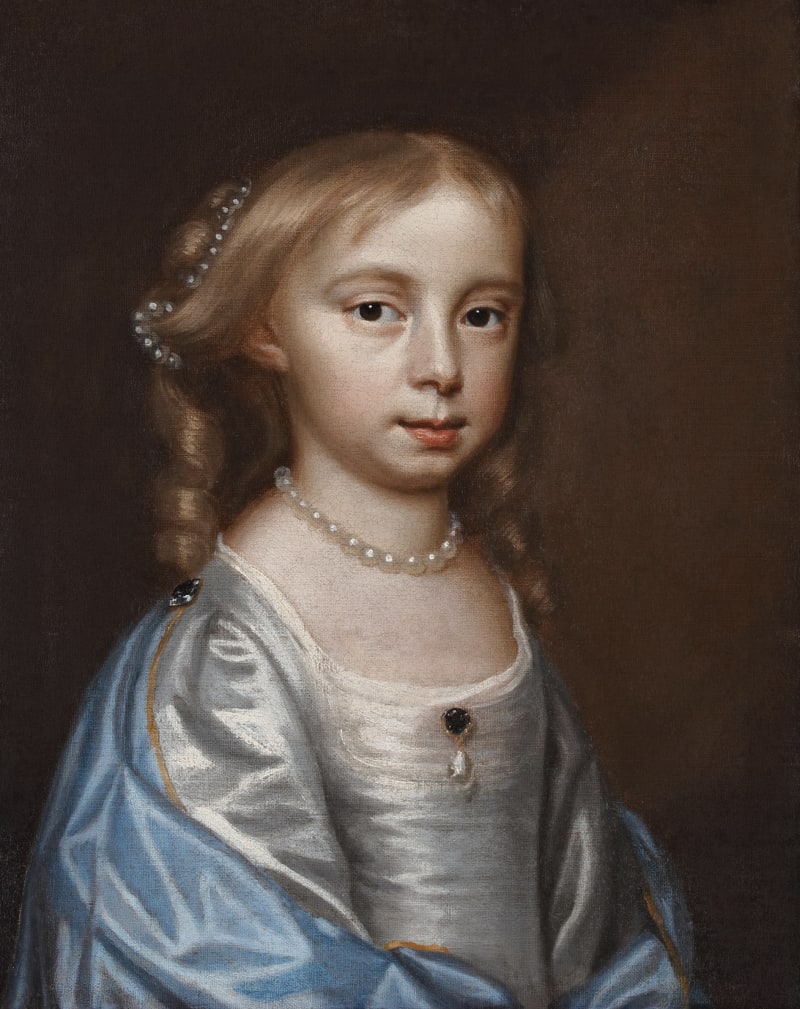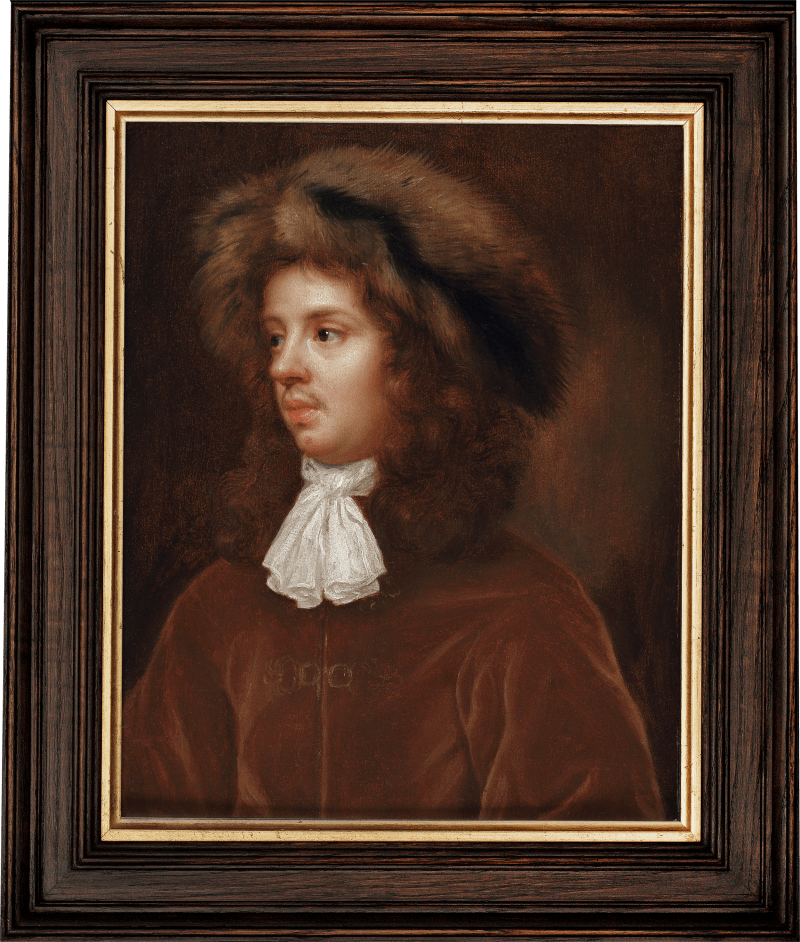


Mary Beale
(1633-1699) Portrait of a GentlemanProvenance
Bonhams, London, 6 April 2017, lot 161 (as ‘Circle of Sir Peter Lely’);
Elliott Fine Art Ltd, acquired from the above;
Philip Mould & Company, London, acquired from the above 2017.
Literature
Ellie Smith and Lawrence Hendra (eds.), (2024) Fruit of Friendship: Portraits by Mary Beale. London: Paul Holberton Publishing, pp.92-93.
Exhibitions
Philip Mould Gallery, London, 'Fruit of Friendship: Portraits by Mary Beale', 25 April-19 July 2024, no. 8.
This portrait of a bewigged gentleman was painted by Mary Beale, one of the first professional female English artists. Based on the costume and the style of the sitter’s wig, this portrait of an unknown man can be dated to the late 1670s. It is a good example of Beale’s formal portraiture, most likely painted ‘for profit’ – as opposed to ‘for study and improvement’ – and shows her distinctive sensitivity in the highlighting of facial features.
Between 1671 and 1682 Beale charged £5 for a portrait on this scale, with an additional £1 chargeable for the use of ultramarine.[1] Portraits such as this followed a relatively standard template, with the sitter shown in classical dress and placed against a plain background. They were sometimes embellished with decorative oval cartouches of a carved stonework design; these trompe-l’oeil borders were sometimes painted by Beale’s children, Bartholomew and Charles, who were trained and paid for their contributions to the studio.
...
This portrait of a bewigged gentleman was painted by Mary Beale, one of the first professional female English artists. Based on the costume and the style of the sitter’s wig, this portrait of an unknown man can be dated to the late 1670s. It is a good example of Beale’s formal portraiture, most likely painted ‘for profit’ – as opposed to ‘for study and improvement’ – and shows her distinctive sensitivity in the highlighting of facial features.
Between 1671 and 1682 Beale charged £5 for a portrait on this scale, with an additional £1 chargeable for the use of ultramarine.[1] Portraits such as this followed a relatively standard template, with the sitter shown in classical dress and placed against a plain background. They were sometimes embellished with decorative oval cartouches of a carved stonework design; these trompe-l’oeil borders were sometimes painted by Beale’s children, Bartholomew and Charles, who were trained and paid for their contributions to the studio.
The frame around this portrait is original, and of the same design as that seen around other known works by Beale. They were possibly provided by the framemaker Tobias Flessiers (d.1689), who we know was supplying frames to Charles in 1677, around the time this work and the Trumbull portraits were painted.[3]
[1] Helen Draper, (2020), ‘Mary Beale (1633-1699) and her ‘paynting roome’ in Restoration London’, unpublished PHD thesis, University of London, p.208.
[2] Ibid., p.203.
[3] ‘Mr Flessiers’ was paid £4.6s in January 1677 for four frames and a further £1.16 in March 1677; see Charles Beale, ‘Notebook 1676/7’, Oxford, Bodleian Library, MS Rawlinson, 8o 572. Quoted in Simon, ‘Tobias Flessiers’.













